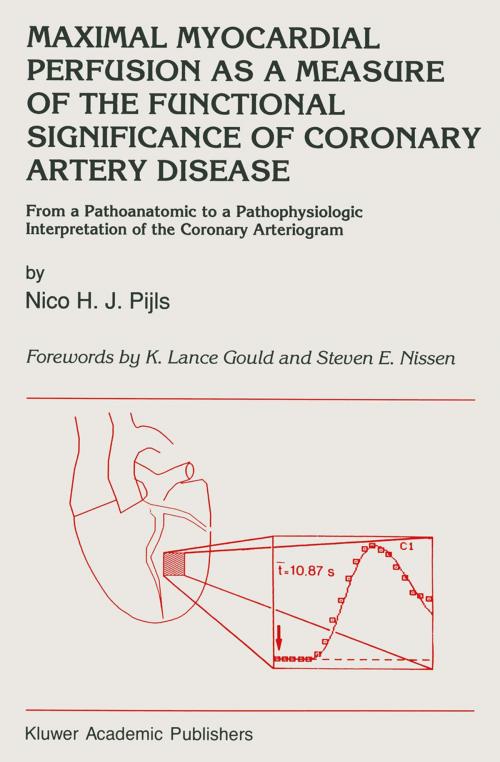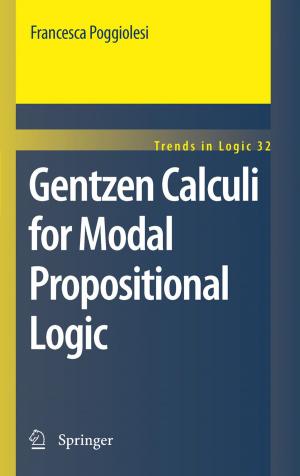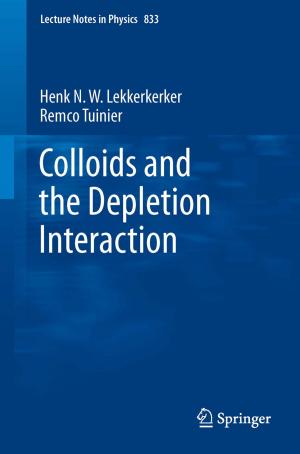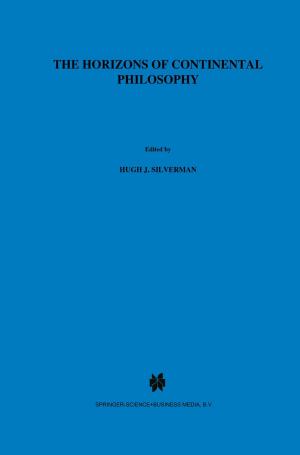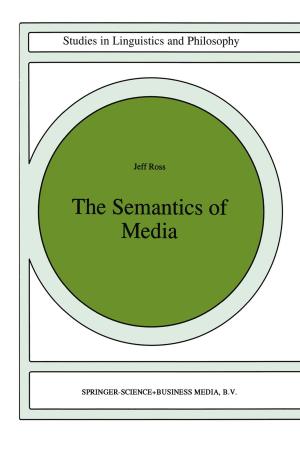Maximal Myocardial Perfusion as a Measure of the Functional Significance of Coronary Artery Disease
From a Pathoanatomic to a Pathophysiologic Interpretation of the Coronary Arteriogram
Nonfiction, Health & Well Being, Medical, Specialties, Internal Medicine, Cardiology| Author: | N.H. Pijls | ISBN: | 9789401134989 |
| Publisher: | Springer Netherlands | Publication: | December 6, 2012 |
| Imprint: | Springer | Language: | English |
| Author: | N.H. Pijls |
| ISBN: | 9789401134989 |
| Publisher: | Springer Netherlands |
| Publication: | December 6, 2012 |
| Imprint: | Springer |
| Language: | English |
Coronary flow reserve is a functional measure of stenosis severity re flecting the integrated effects of its geometry including percent stenosis, absolute lumen area, length and shape. Its clinical application has been primarily qualitative in non-invasive, perfusion imaging. Measurement of coronary flow reserve during routine coronary arte riography has been an elusive goal. Transit time and indicator dilution techniques for assessing coronary flow reserve at cardiac catheteriza tion are associated with marked variability compared to microspheres or flow meters, thereby making their use questionable in comparison to the precision of good quantitative arteriography. Coronary flow reserve measured by special Doppler catheters as an adjunct to coronary arte riography shows in man the value of this integrated functional measure of stenosis severity and the limitations of percent diameter narrowing as a measure of its physiologic significance. However, Doppler catheters require additional instrumentation that is not yet an integral part of coronary arteriography and provide measures of absolute coronary flow reserve only. Relative maximum flow or relative flow reserve has been demon strated to be an important independent, complimentary descriptor of stenosis severity independent of fluctuating hemodynamic conditions. The method developed for DSA by Nico Pijls, described in this book is the first approach for assessing relative coronary flow reserve as a part of routine coronary arteriography by DSA. The theory and basic con cepts are well developed, experimental validation thorough and clinical applications timely.
Coronary flow reserve is a functional measure of stenosis severity re flecting the integrated effects of its geometry including percent stenosis, absolute lumen area, length and shape. Its clinical application has been primarily qualitative in non-invasive, perfusion imaging. Measurement of coronary flow reserve during routine coronary arte riography has been an elusive goal. Transit time and indicator dilution techniques for assessing coronary flow reserve at cardiac catheteriza tion are associated with marked variability compared to microspheres or flow meters, thereby making their use questionable in comparison to the precision of good quantitative arteriography. Coronary flow reserve measured by special Doppler catheters as an adjunct to coronary arte riography shows in man the value of this integrated functional measure of stenosis severity and the limitations of percent diameter narrowing as a measure of its physiologic significance. However, Doppler catheters require additional instrumentation that is not yet an integral part of coronary arteriography and provide measures of absolute coronary flow reserve only. Relative maximum flow or relative flow reserve has been demon strated to be an important independent, complimentary descriptor of stenosis severity independent of fluctuating hemodynamic conditions. The method developed for DSA by Nico Pijls, described in this book is the first approach for assessing relative coronary flow reserve as a part of routine coronary arteriography by DSA. The theory and basic con cepts are well developed, experimental validation thorough and clinical applications timely.
